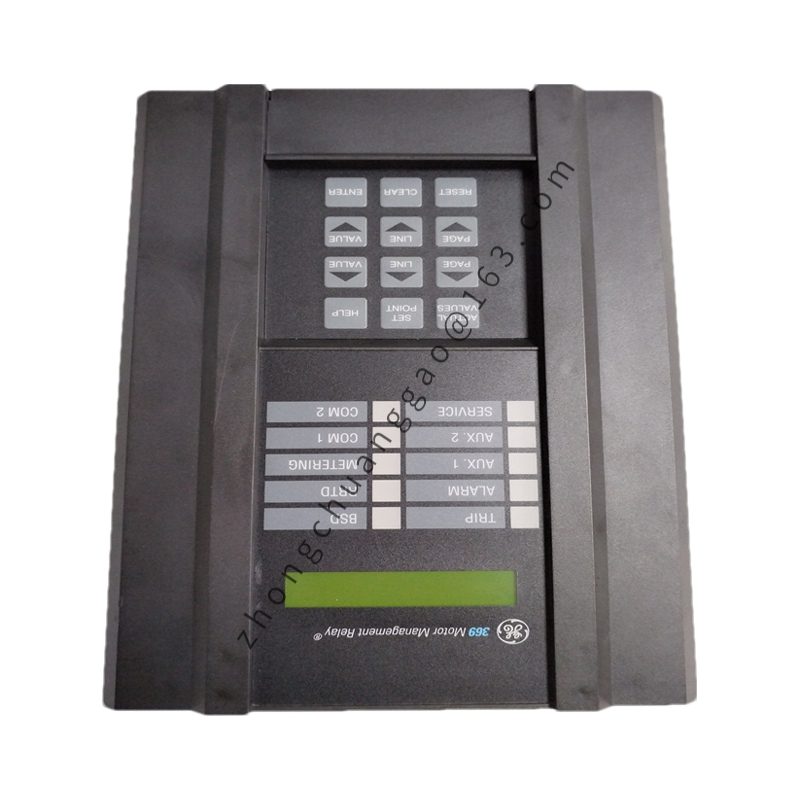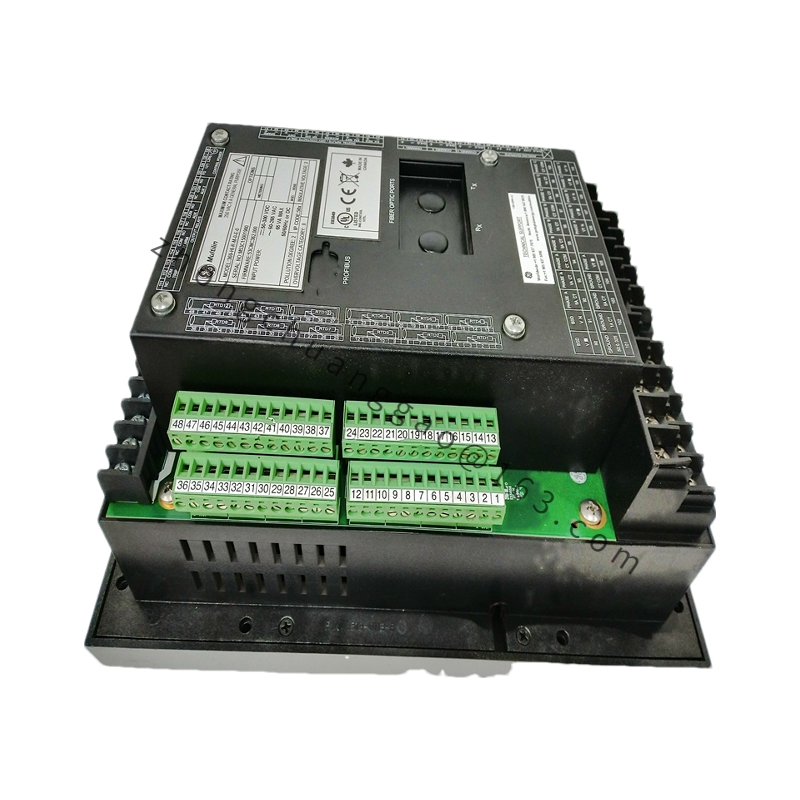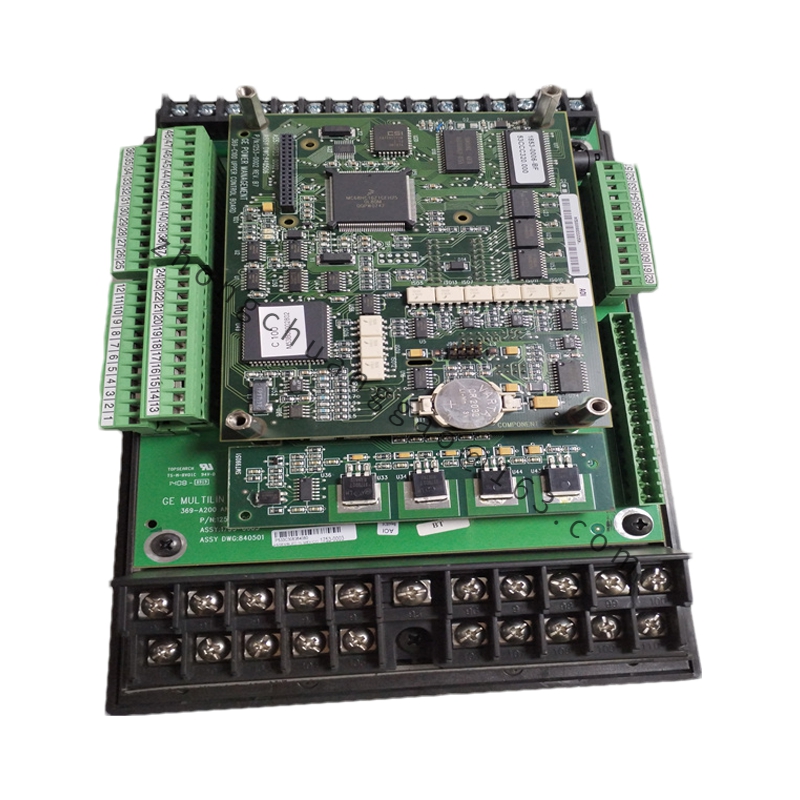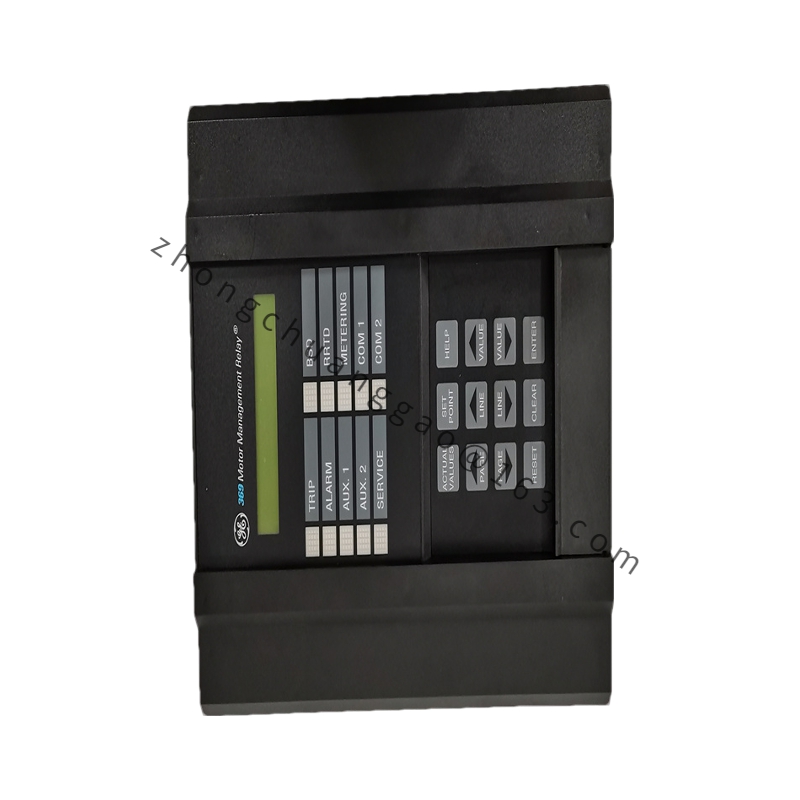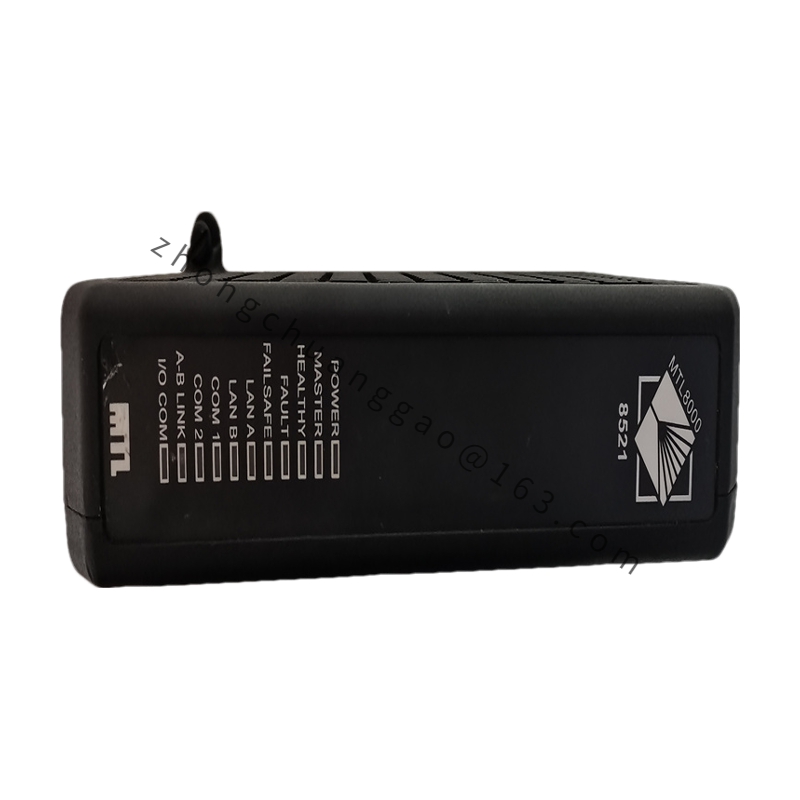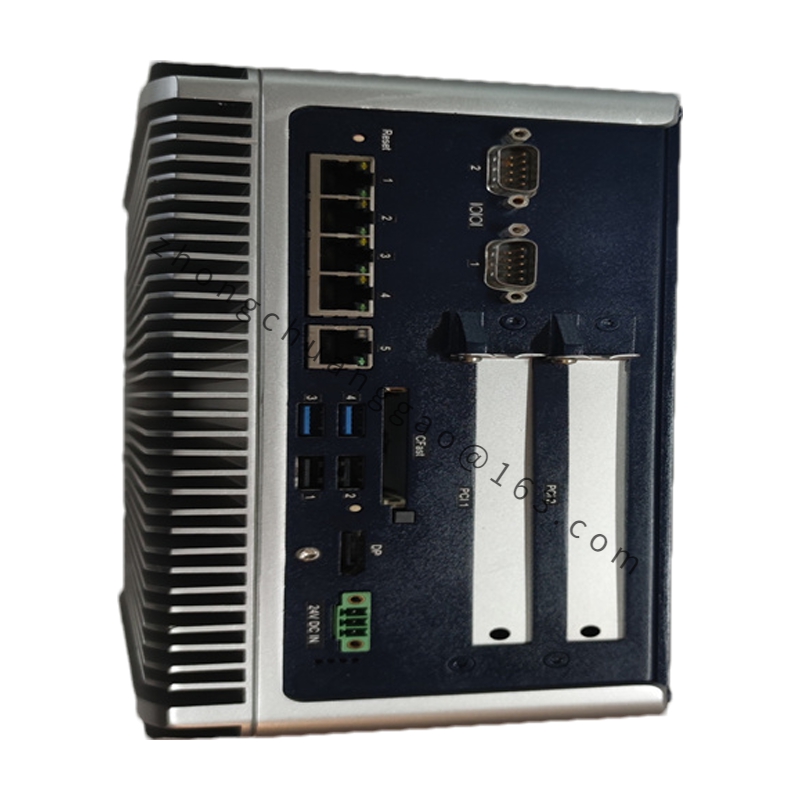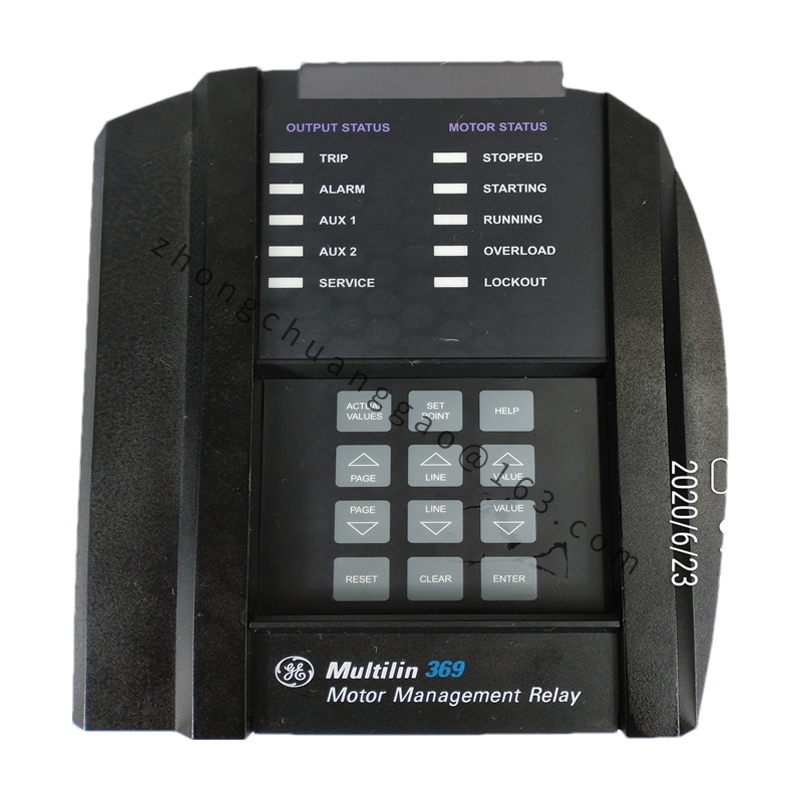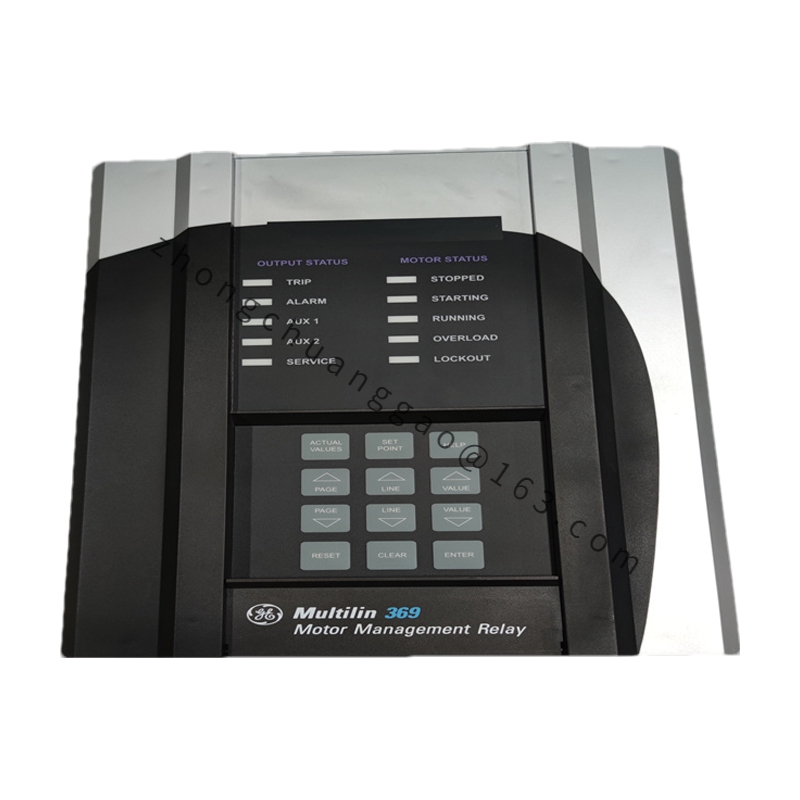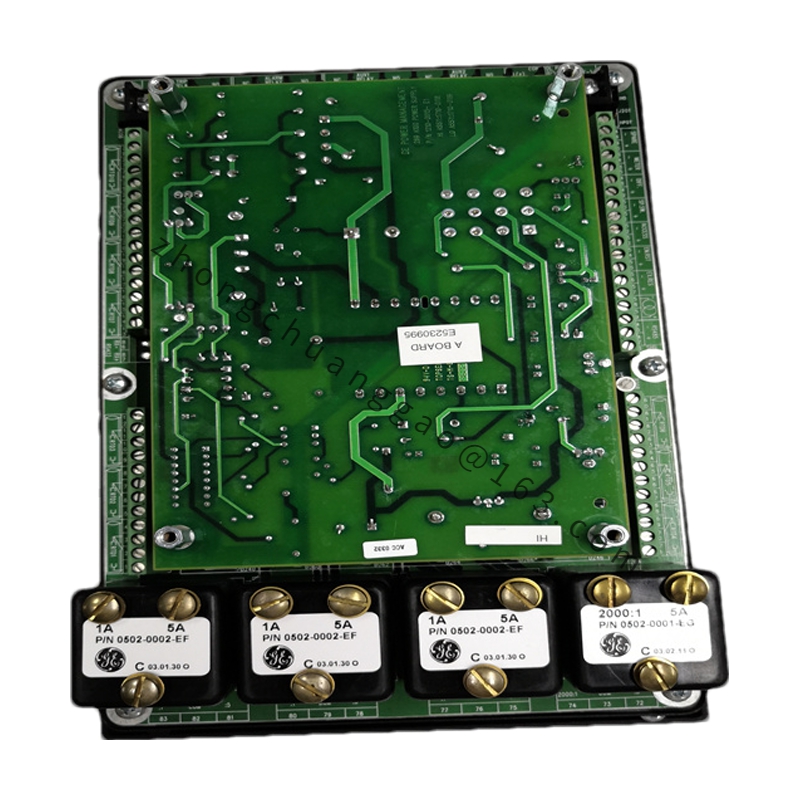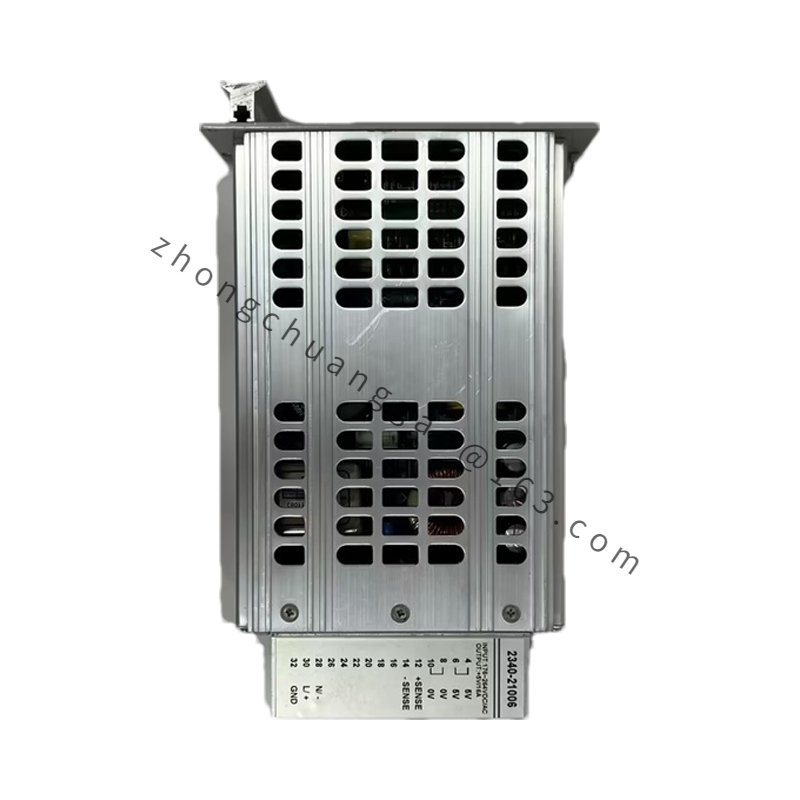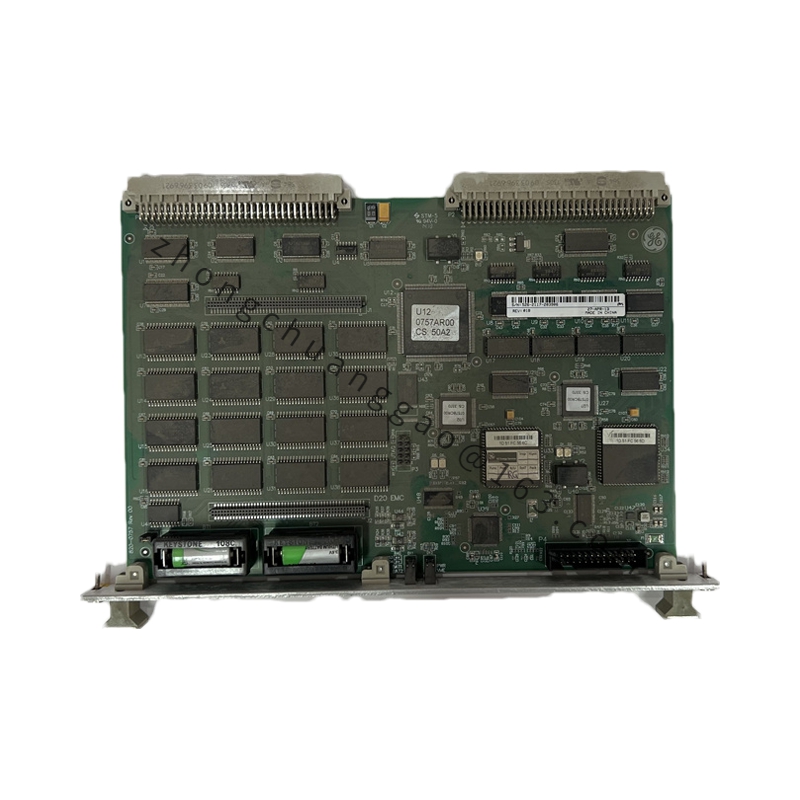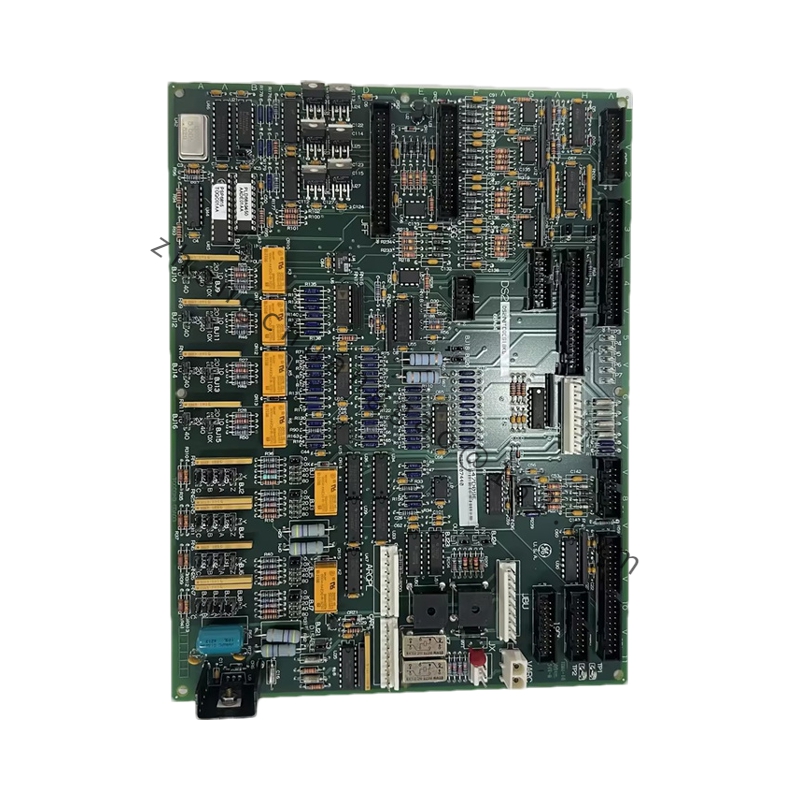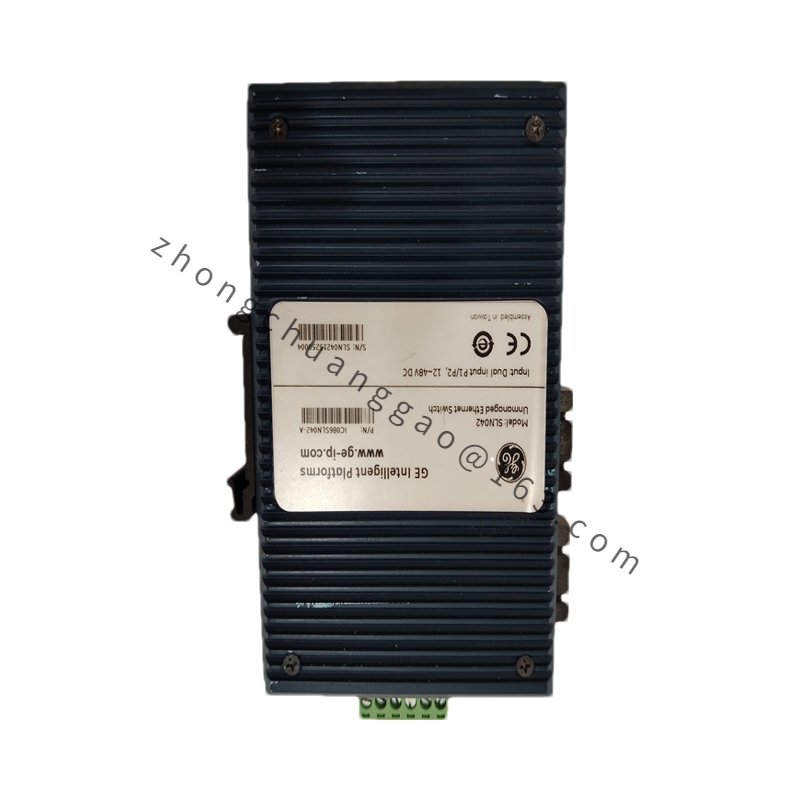GE 369-HI-R-M-0-0-H-E
Technical Specifications:
Model Number: 369-HI-R-M-0-0-H-E
Manufacturer: General Electric (GE)
Type: Motor Protection and Management Relay
Weight: Approximately 10 pounds
Dimensions: Approximately 29.6 cm high x 10.7 cm wide x 20.5 cm long
Control Power Input Range: 110-250V DC, 100-240V AC, 50/60 Hz
Differential Switching Time Delay: < 200 ms
Operating Temperature Range: -40°C (-40°F) to +60°C (140°F)
Storage Temperature Range: -40°C (-40°F) to +80°C (176°F)
Detailed content
Communication Ports: Non-isolated RS232, RS485
Output Ranges (Option M):
0-1 mA, maximum load 2400 ohms
0-20 mA, maximum load 600 ohms
4-20 mA, maximum load 600 ohms
Functional Features:
Motor Protection: Designed to protect medium-sized motors and their associated components.
Adaptive Capabilities: The motor can “learn” and adapt to the needs of each individual motor, configuring itself more specifically to the system it is assigned to.
Monitoring and Recording: Monitors and records total accumulated megawatt-hours, various motor trips, total motor trips, motor start counts, and total operating time.
Diagnostic Tools: Provides enhanced diagnostic options and panel design for easier troubleshooting.
Protective Coating: Features a conformal coating, a thin polymer film that protects the relay from temperature changes, corrosive substances, dust, and humidity.
Input and Output Flexibility: Offers various input and output options to meet specific motor management needs, including speed switch inputs and waveform capture.
Application Scenarios:
Power Plants: Used in power plants to monitor and protect generators, transformers, switchgear, and other electrical equipment from faults and overloads.
Substations: Deployed in substations to safeguard high-voltage equipment and distribution devices such as transformers, switchgear, and cables.
Transmission and Distribution Systems: Ensures the safe distribution of electrical energy to end-users by detecting current overloads, voltage abnormalities, and other power system issues.
Industrial Facilities: Protects critical production equipment from damage or downtime, ensuring the stability and continuity of industrial processes.
Aerospace: In some cases, similar protective devices may be utilized in the aerospace industry to monitor and safeguard spacecraft and related equipment.

